Carnivorous Plants Story
Picture book for a young audience /
Kindle Edition
by
Makoto Honda
Copyright (c) 2013-2017 by Makoto Honda.
All Rights Reserved.
_______
Butterworts
GENUS Pinguicula
The butterworts use a flypaper, or adhesive, trap to capture small insect
prey. The surface of a leaf is covered with short hairs each tipped with a
sticky glue. The name "butterwort" comes from the oily feel of the leaf surface
when touched. There are about 100 species of butterworts worldwide. Many species
are found in Central America, Mexico, and Europe. Several species grow in North
America.


A
yellow-flowered butterwort (Pinguicula lutea) in Florida, in early March
(left) and purple flowers of Pinguicula caerulea (right) in Florida, in
May.
Typically, the U.S. species are found on moist, sandy soil, and in marshy savanna, often sharing the habitat with other carnivorous plants such as sundews and pitcher plants. Flat, succulent leaves of butterworts form a rosette. The size of the rosette varies from 2 cm to 15 cm in diameter, depending on the species.

A purple
flower of Pinguicula ionantha in Florida, in early March.



A white
flower of Pinguicula ionantha.

A blooming
butterwort (Pinguicula caerulea) in Florida, in early May.
When an insect lands or crawls on a butterwort's leaf, it becomes mired down in a sticky mucilage. The mucilage is produced by the glands at the tip of short hairs lining the leaf surface. Unlike sundew tentacles, these short hairs of the butterworts do not show any movement. Butterworts are usually capable of capturing only small insects such as gnats and tiny ants.

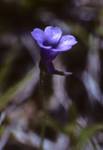
A blooming
butterwort (Pinguicula pumila) in Florida, in early March. Typically,
this tiny butterwort only grows to 2 cm in rosette diameter. It is difficult to
locate the plant without flowers. Note that there are a variety of flower colors
in this species.

Delicate
flowers of Pinguicula pumila in Florida, in early March.
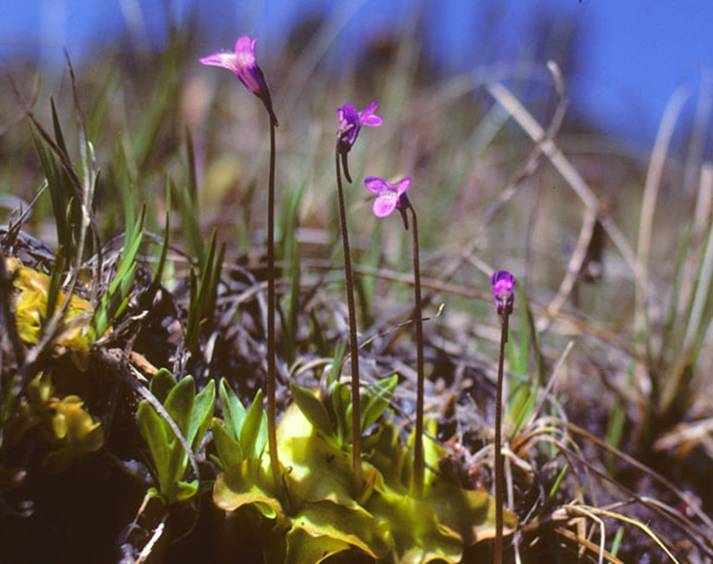
Blooming
butterworts (Pinguicula macroceras) in northern California, in April.

Prey being
digested on the leaf of Pinguicula macroceras, in northern California, in
May.
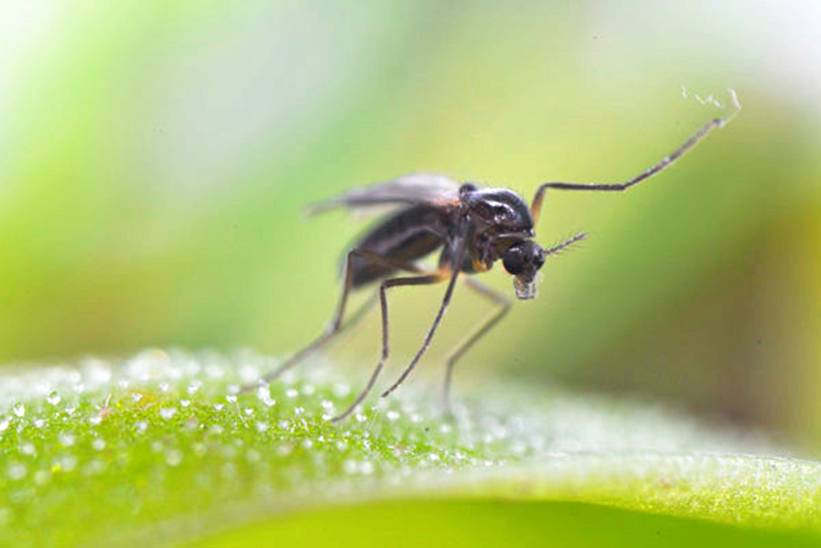
A gnat
struggling to free itself on the sticky leaf of a butterwort (Pinguicula
macroceras).
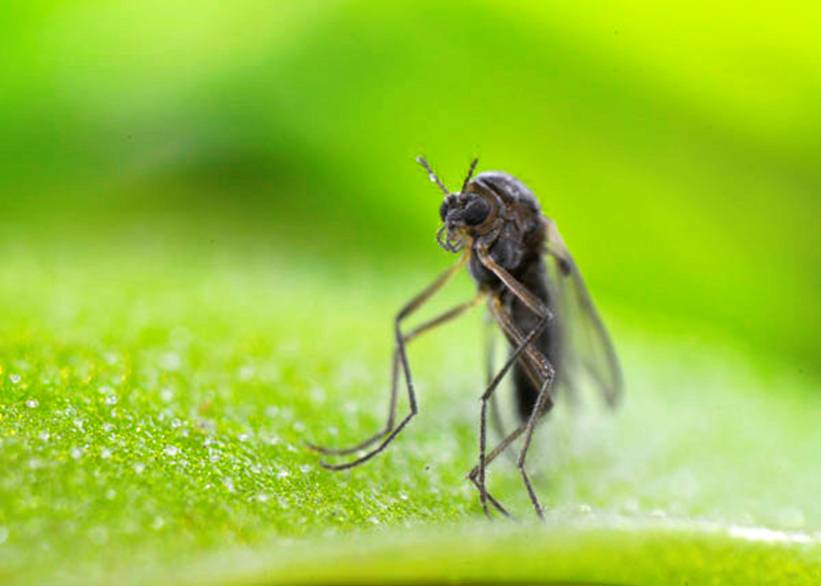
A gnat
captured on the sticky leaf of a butterwort (Pinguicula macroceras).
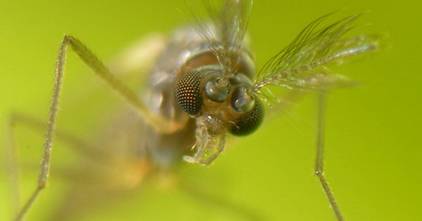
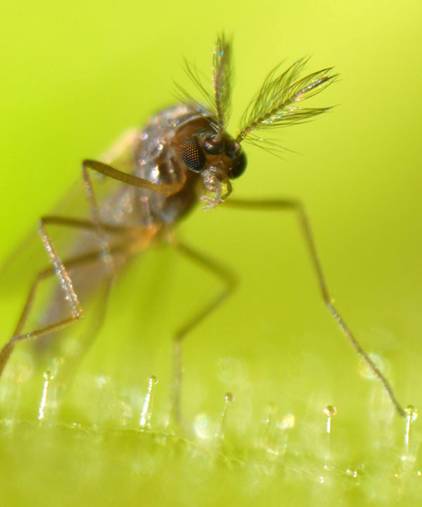

The leaf of butterworts is covered with hundreds of tiny hairs tipped with a sticky glue. These are stalked glands, responsible for prey capture. Scattered on the leaf surface is another kind of gland, called sessile glands (no stalks), These glands are responsible for secreting digestive juices upon prey capture.

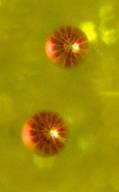
A section of
a butterwort plant leaf (left) and a closeup view of glands (right). Each gland
consists of 16 glandular cells.
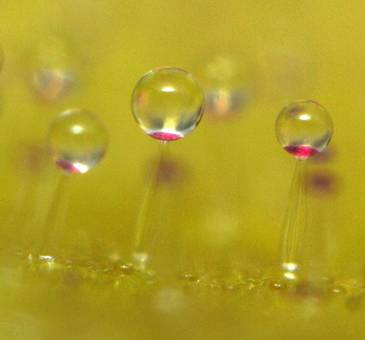
Stalked
glands of a butterwort, Pinguicula macroceras. A spherical droplet of a
glue forms at the tip of the gland. Note some tiny blobs on the leaf surface.
They are sessile (stalkless) glands, responsible for secreting digestive juices
upon prey capture.

Dewy leaves
of a European butterwort (Pinguicula lusitanica).
There is another kind of gland which is almost buried on the leaf surface. When a nutritious object, such as an insect, or a tiny piece of meat, is placed on the leaf surface, these glands produce digestive fluids. Often, the prey is completely covered with the fluids and digested. Sometimes, the edge of a leaf curls up slowly if the prey is caught near the leaf margin. This helps hold the digestive fluids in place around the prey. As the digestion progresses, the nutrients from the dissolved insect are quickly taken into the leaf and used for various growth activities of the plant.
BUTTERWORT NEXT
INTRODUCTION
PITFALL TRAPS FLYPAPER
TRAPS SNAP-TRAPS
SUCTION TRAPS VENUS
FLYTRAP SUNDEWS
PITCHER PLANTS COBRA
PLANT BUTTERWORTS
BLADDERWORTS
Carnivorous
Plants Story - Copyrighted Material
Copyright (c) 2013 by Makoto Honda. All Rights Reserved.
Email: mhondax@gmail.com
__________________
For
a young audience, click
here for
"Eaten Alive by Carnivorous Plants" by Kathleen J. Honda & Makoto Honda